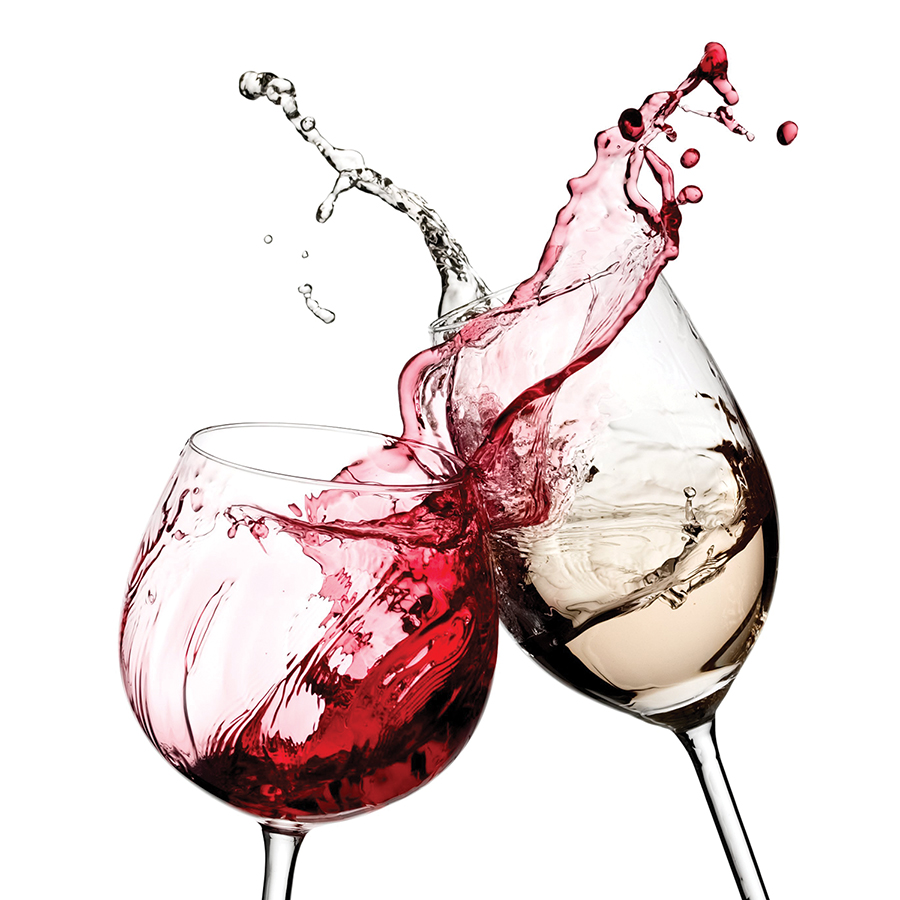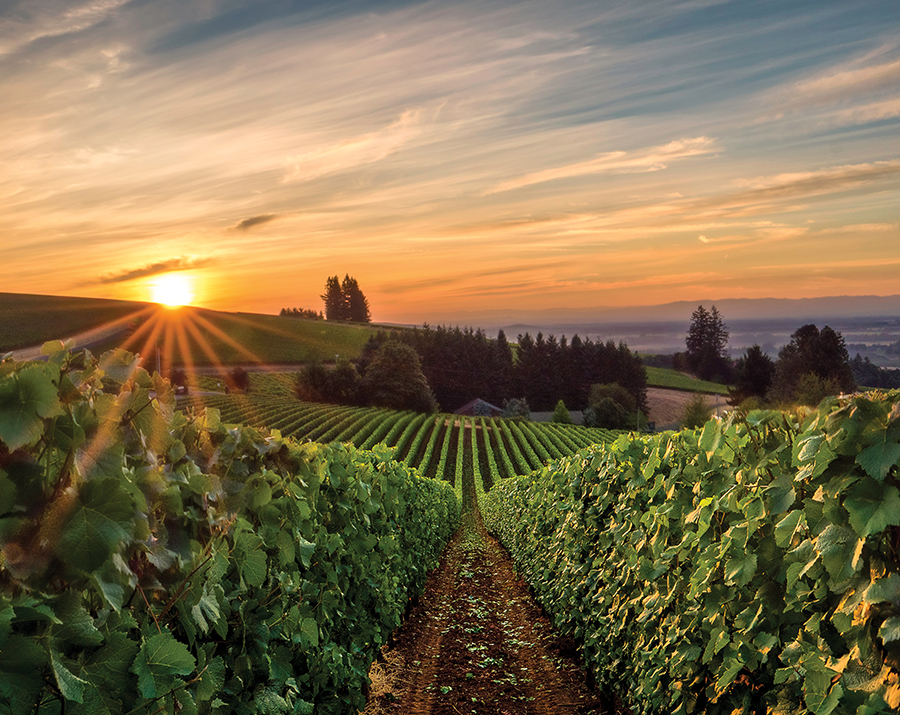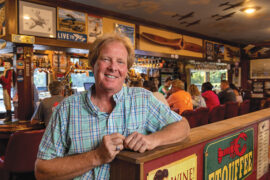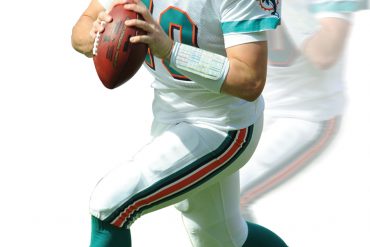By Matthew DeBord
HQ 123 | AUTUMN 2023
In the 1960s, the rental car company Avis rolled out an innovative ad campaign that sought to position itself as the chief rival to market leader Hertz. But Avis wasn’t looking to knock Hertz off its pedestal. So, the company went for the clever tagline, “We’re No. 2,” adding that its position meant that the firm had to “try harder.”
It worked, and Avis has been duking it out with Hertz ever since.
Whenever I think of the wonderful wines of Washington state, I’m reminded of Avis. Washington is America’s No. 2 when it comes to grapes, a perpetual second to the gravity-warping force that is California. And despite Washington’s more than 1,000 wineries and annual output of 17 million cases of wine, its products can seem, well, obscure when compared to the ubiquitous bottlings of the Golden State.
Truth be told, it is unusual to find a lot of Washington wines on most wine lists at restaurants, even those that maintain significant diversity and seek to steer away from headlining regions. But this is ultimately an advantage for consumers, because Washington wines tend to be real bargains relative to California wines of comparable quality; Washington wines also exhibit their own unique characteristics that should appeal to real wine lovers.
Unlike neighboring Oregon, which has carved out a niche for itself as a kind of hippy American Burgundy due to its embrace of Pinot Noir, Washington operates more like a mini-California. The top red variety is Cabernet Sauvignon, while white wines are often Chardonnays or Rieslings. From my point of view, your time is best spent zeroing in on Washington’s reds, which enjoy a notably different flavor profile from their California counterparts.
Chateau Ste. Michelle is the largest winery in the state and the one that most folks will encounter when first browsing Washington wines, either at a store or online. The Indian Wells Cabernet is a good intro at about $20 — a nearly all-Cab blend, with a dash of Syrah. Hailing from the Columbia Valley, this wine showcases Washington Cabernet’s characteristic balance of rich, bright fruit with crisp acidity. It’s a combo that many wine enthusiasts crave, given that they have trained themselves on top-level French Bordeaux and tend to shy away from the more aggressive fruitiness of Californian or Australian Cabernets.

The flavor profile is the result of Washington’s more northern geography and a surprisingly dry interior climate (Washington’s wineries are not generally located on the rainy Pacific coast, but instead on the eastern side of the Cascade Mountains).
At the much higher end of the Cab spectrum, enophiles with deeper pockets can go on a quest for Quilceda Creek’s allocated bottlings, starting with the main Cabernet, produced for four decades. Around 3,000 cases of this dense and mesmerizing wine are produced each year, and it’s generally a critics’ favorite. Most bottles are sold to longtime customers, but you can find them on the secondary market for $200-$300, and at restaurants that take Washington wines seriously.
If that kind of quest isn’t interesting to you, then Leonetti Cellar’s Cabernets are more accessible, pricewise, at just north of $100. They display a similar attention to balance over sheer power and are quite versatile as food wines — like great Bordeaux wines, they can accompany a wide range of dishes. Compare this with some of those big-ticket California Cabs, which are best enjoyed with only a thick steak or a Cuban cigar.
In terms of whites, I’ve never been a huge fan of Washington’s efforts in this area, due mainly to how much better I think the reds are. However, Washington Rieslings are worth a try, particularly because the grape has been grown in the state since the 19th century and winemakers have immense experience with it. Again, Chateau Ste. Michelle is a logical place to start, as its entry-level example is easy to find, fun to drink and just $12.
Bumping up the quality a notch is Hogue, also at $12. If you want to go the connoisseurs’ route, then Eroica’s
$30 Riesling is a much
better standard-bearer for what Washington can do with the world’s most underrated varietal. Rieslings by Eroica reveal a more engaging mineral character and richer fruit.
The upshot with Washington wine is that it’s sort of like indie rock. The people who drink a lot of it appreciate the state’s ability to get the bottles to market without compromising their integrity. What’s more, they like that Washington wines are distinctive and moderately “niche” without being weird or overly exotic. I always gravitate to Washington Cabernets when ordering wine in restaurants because I know it’s going to be good and an excellent match with pretty much any type of food, except for lighter fish and shellfish.
My advice is to take a few Washington wines out for a spin. You never know — you might find yourself stocking up and, briefly, making California No. 2.





